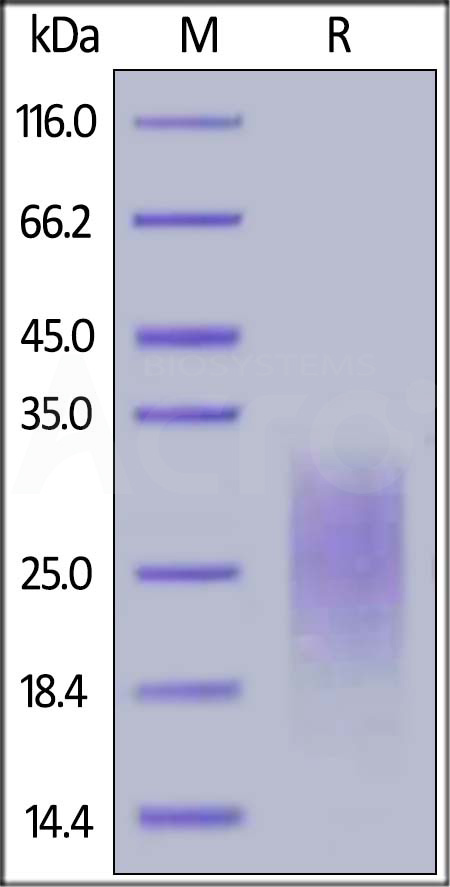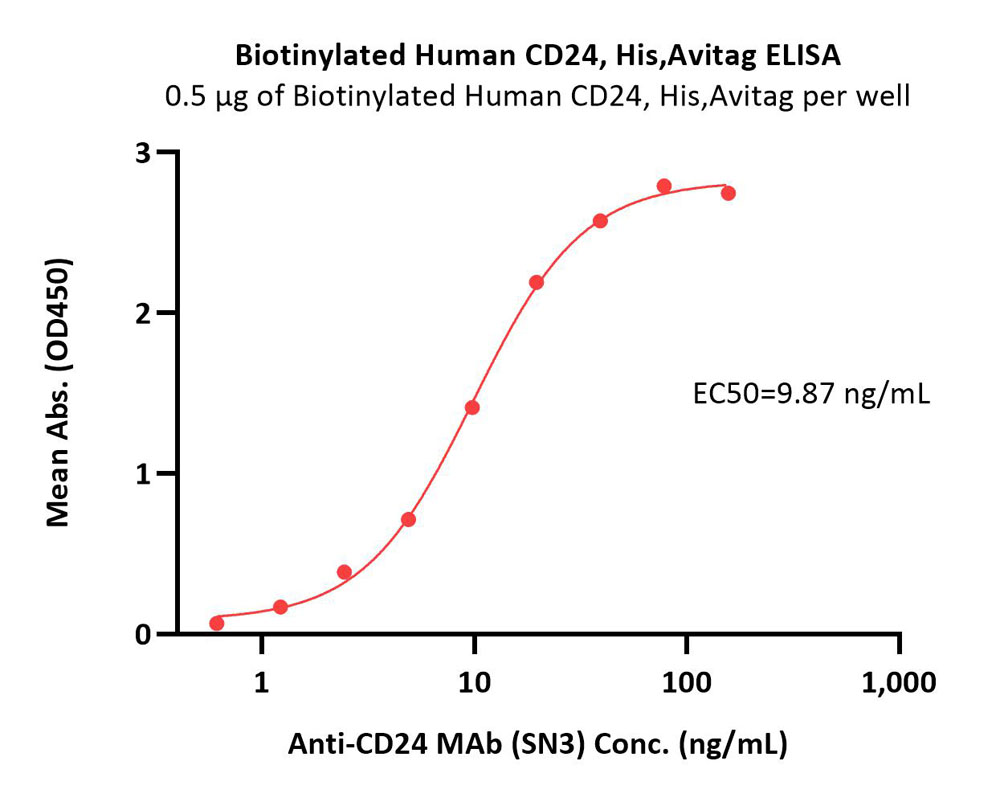CD44 and Its Role in Solid Cancers - A Review: From Tumor Progression to Prognosis and Targeted TherapyGama, Oliveira
Front Biosci (Landmark Ed) (2025) 30 (3), 24821
Abstract: Cluster of differentiation 44 (CD44) is a transmembrane protein expressed in normal cells but overexpressed in several types of cancer. CD44 plays a major role in tumor progression, both locally and systemically, by direct interaction with the extracellular matrix, inducing tissue remodeling, activation of different cellular pathways, such as Akt or mechanistic target of rapamycin (mTOR), and stimulation of angiogenesis. As a prognostic marker, CD44 has been identified as a major player in cancer stem cells (CSCs). CSCs with a CD44 phenotype are associated with chemoresistance, alone or in combination with other CSC markers, such as CD24 or aldehyde dehydrogenase 1 (ALDH1), and may be used for patient stratification. In the therapy setting, CD44 has been explored as a viable target, directly or indirectly. It has revealed promising potential, paving the way for its future use in the clinical setting. Immunohistochemistry effectively detects CD44 overexpression, enabling patients to be accurately selected for surgery and targeted anti-CD44 therapies. In this review, we highlight the properties of CD44, its expression in normal and tumoral tissues through immunohistochemistry and potential treatment options. We also discuss the clinical significance of this marker and its added value in therapeutic decision-making.© 2025 The Author(s). Published by IMR Press.
CD133+CD24+ Renal Tubular Progenitor Cells Drive Hypoxic Injury Recovery via Hypoxia-Inducible Factor-1A and Epidermal Growth Factor Receptor ExpressionAl-Marsoummi, Singhal, Garrett
et alInt J Mol Sci (2025) 26 (6)
Abstract: CD133+CD24+ renal tubular progenitor cells play a crucial role in the repair and regeneration of renal tubules after acute kidney injury. The aim of this study is to investigate the responses of the human renal tubular precursor TERT (HRTPT) CD133+CD24+ cells and human renal epithelial cell 24 TERT (HREC24T) CD133-CD24+ cells to hypoxic stress, as well as their gene expression profiles. Whole transcriptome sequencing and functional network analysis identified distinct molecular characteristics of HRTPT cells as they were enriched with hypoxia-inducible factor-1A (HIF1A), epidermal growth factor (EGF), and endothelin-1 (EDN1). Our in vitro experiments demonstrated that, under hypoxia (2.5% oxygen), HRTPT cells showed minimal cell death and a 100-fold increase in HIF1A protein levels. In contrast, HREC24T cells exhibited significant cell death and only a two-fold increase in HIF1A protein level. These results indicate that CD133+CD24+ renal tubular progenitor cells have enhanced survival mechanisms under hypoxic stress, enabling them to survive and proliferate to replace damaged tubular cells. This study provides novel insights into the protective role of CD133+CD24+ renal tubular progenitor cells in hypoxic renal injury and identifies their potential survival mechanisms.
Extracellular vesicles and lung disease: from pathogenesis to biomarkers and treatmentsPark, Lässer, Lötvall
Physiol Rev (2025)
Abstract: Nanosized extracellular vesicles (EVs) are released by all cells to convey cell-to-cell communication. EVs, including exosomes and microvesicles, carry an array of bioactive molecules, such as proteins and RNAs, encapsulated by a membrane lipid bilayer. Epithelial cells, endothelial cells, and various immune cells in the lung contribute to the pool of EVs in the lung microenvironment and carry molecules reflecting their cellular origin. EVs can maintain lung health by regulating immune responses, inducing tissue repair, and maintaining lung homeostasis. They can be detected in lung tissues and biofluids such as bronchoalveolar lavage fluid and blood, offering information about disease processes and can function as disease biomarkers. Here, we discuss the role of EVs in lung homeostasis and pulmonary diseases such as asthma, chronic obstructive pulmonary disease, cystic fibrosis, idiopathic pulmonary fibrosis, and lung injury. The mechanistic involvement of EVs in pathogenesis and their potential as disease biomarkers are discussed. Lastly, the pulmonary field benefits from EVs as clinical therapeutics in severe pulmonary inflammatory disease, as EVs from mesenchymal stem cells attenuate severe respiratory inflammation in multiple clinical trials. Further, EVs can be engineered to carry therapeutic molecules for enhanced and broadened therapeutic opportunities, such as the anti-inflammatory molecule CD24. Finally, we discuss the emerging opportunity of using different types of EVs for treating severe respiratory conditions.
Exploring the Association Between Immune Cell Phenotypes and Osteoporosis Mediated by Inflammatory Cytokines: Insights from GWAS and Single-Cell TranscriptomicsKuang, Ma, Sun
et alImmunotargets Ther (2025) 14, 227-246
Abstract: Patients with osteoporosis experience increased fracture risk and decreased quality of life, which pose significant health burdens and financial challenges. Despite established links between immune cell phenotypes and inflammatory cytokines and osteoporosis, the exact mechanism involved remains unclear, and further understanding is needed for effective prevention and treatment.Here, we performed a two-sample Mendelian randomization (MR) study to estimate the causal effects between 731 immune cell types, 91 and 41 inflammatory factors (which may have some overlap), and 5 types of osteoporosis. In subsequent mediation MR analysis, we assessed whether these inflammatory cytokines mediate the causal relationship between immune cell phenotypes and osteoporosis. Additionally, colo- calization analysis was performed using Bayesian colocalization. Single-cell transcriptomic analysis was performed using datasets from osteoporosis patients available in the Gene Expression Omnibus (GEO) database. Subsequently, single-cell sequencing analysis was performed, including dimensionality reduction, clustering, and pathway enrichment, to investigate the underlying mechanisms. Finally, to confirm the critical role of IgD⁺CD24⁺ B cells and IL-17C in osteoporosis, we established vivo dexamethasone-induced osteoporosis model. Micro-CT was used to assess the effectiveness of model establishment. Flow cytometry was performed to determine the proportion of IgD⁺CD24⁺ B cells within lymphocytes in the blood. ELISA and Western blotting were used to measure IL-17C levels in serum and bone tissue. Immunohistochemistry was conducted to evaluate the expression of IL-17C in bone tissue.This study found that 32 immune cell phenotypes and 38 inflammatory cytokines were significantly associated with osteoporosis. Mediation analysis indicated that IgD+ CD24+ B cells exacerbated the risk of osteoporosis by influencing the levels of interleukin-17C (IL-17C). The mediated effect was 0.07837, accounting for 15.5% of the total effect. Single-cell transcriptome analysis supported that IgD+ CD24+ B cells play a key role in musculoskeletal-related pathways in osteoporosis patients. Additionally, we have demonstrated the significant involvement of IgD⁺CD24⁺ B cells and IL-17C in the osteoporosis disease model.Inflammatory cytokines play a crucial role in the pathogenesis of immunity-related osteoporosis. In particular, IgD+ CD24+ B cell %lymphocyte increase the risk of osteoporosis by modulating the levels of interleukin-17C. Our results provide evidence to support the link between immunity and osteoporosis and offer new therapeutic strategies for targeting inflammatory pathways in immune-mediated osteoporosis.© 2025 Kuang et al.



 +添加评论
+添加评论
























































 膜杰作
膜杰作 Star Staining
Star Staining
















